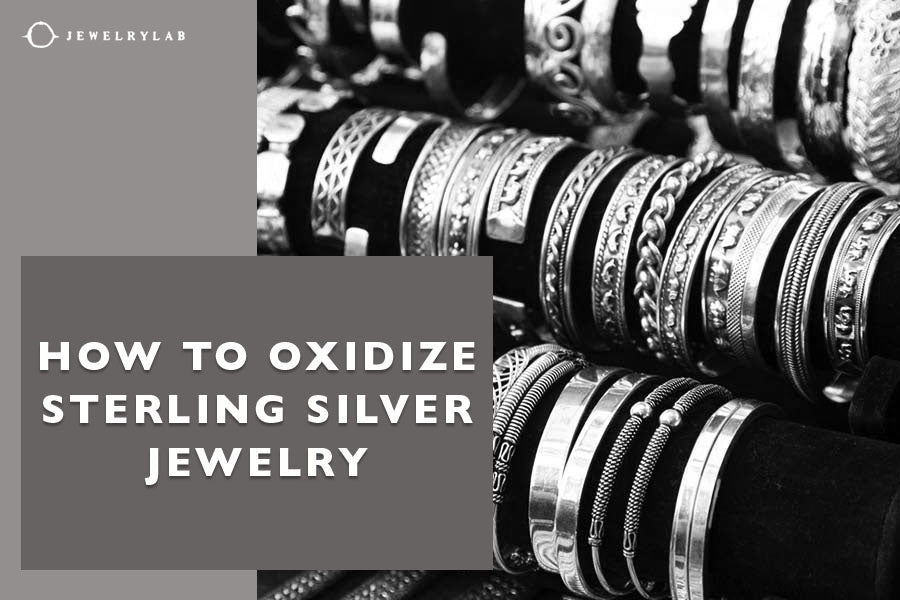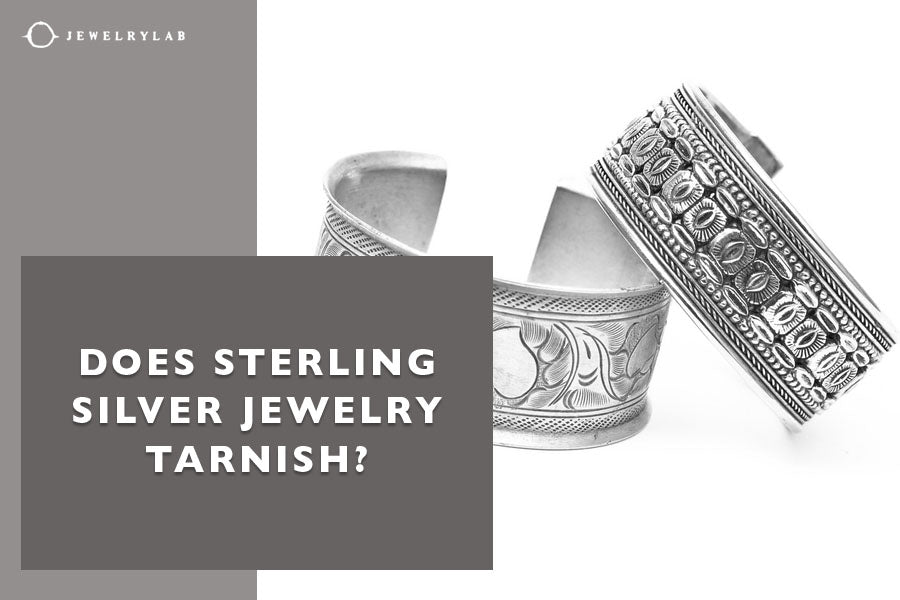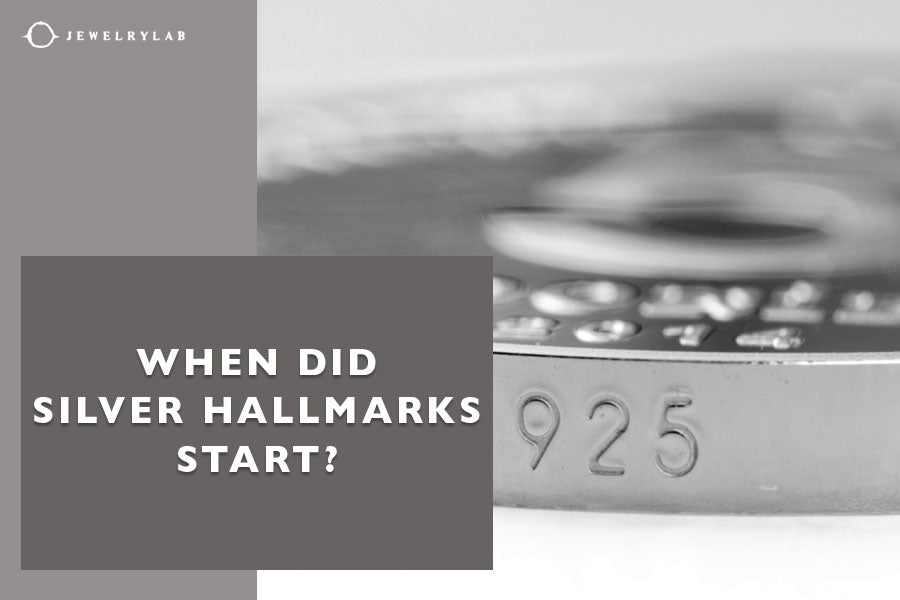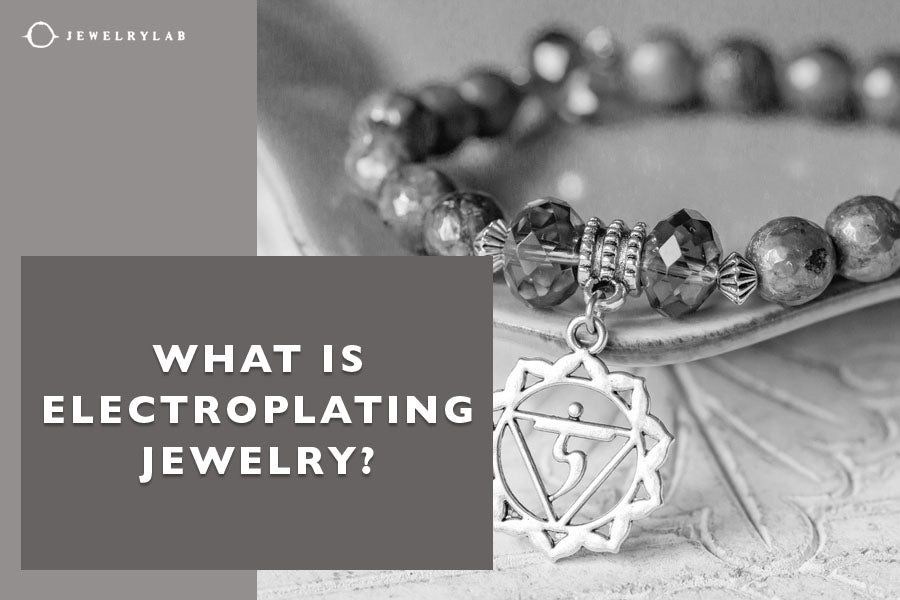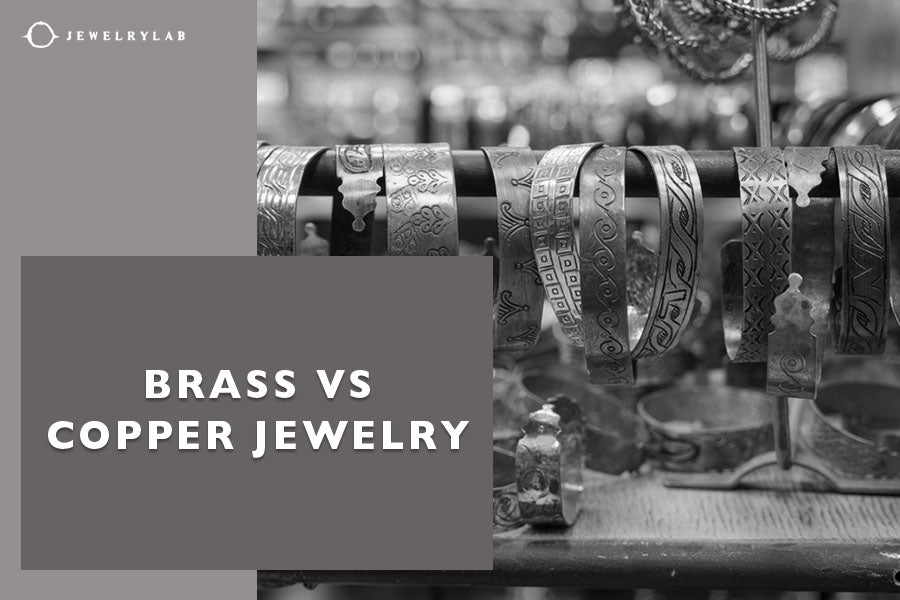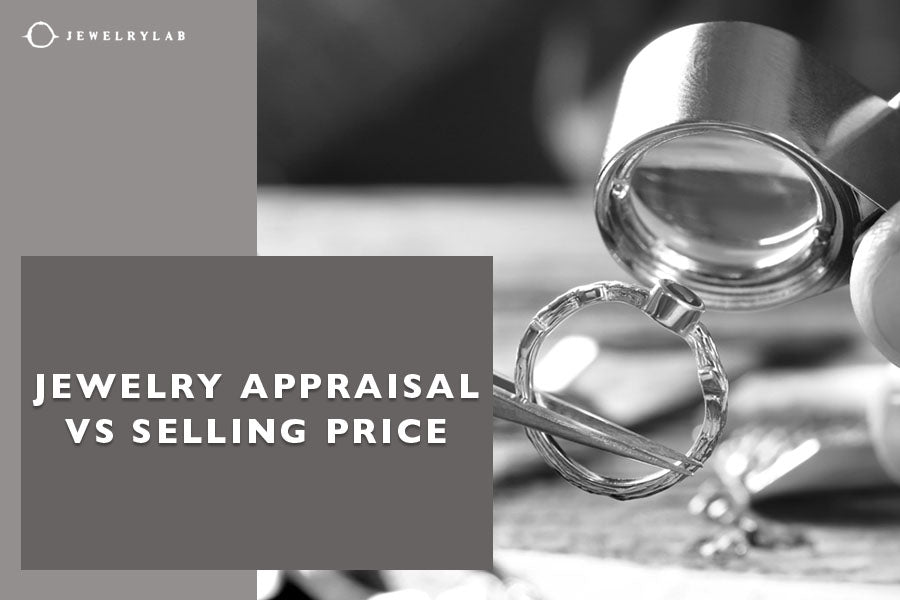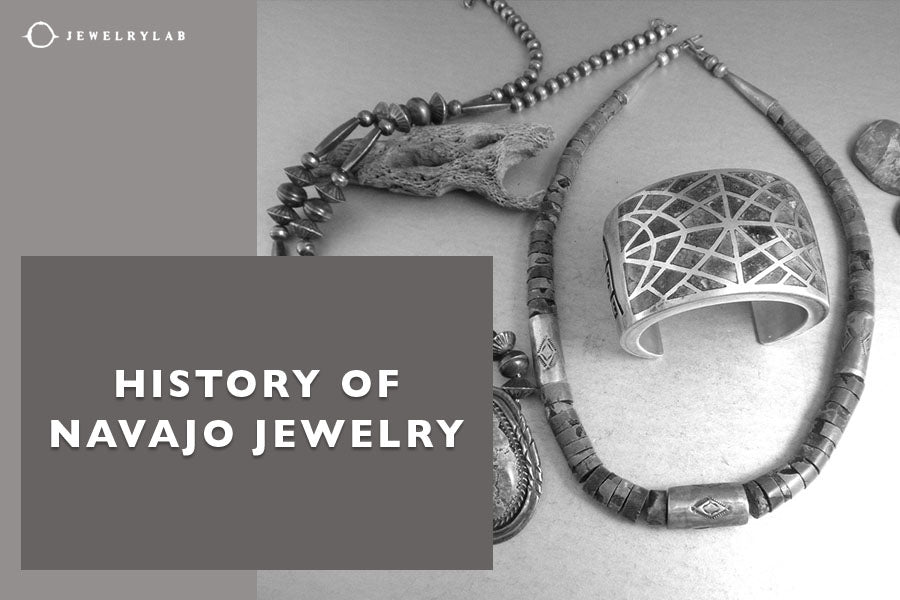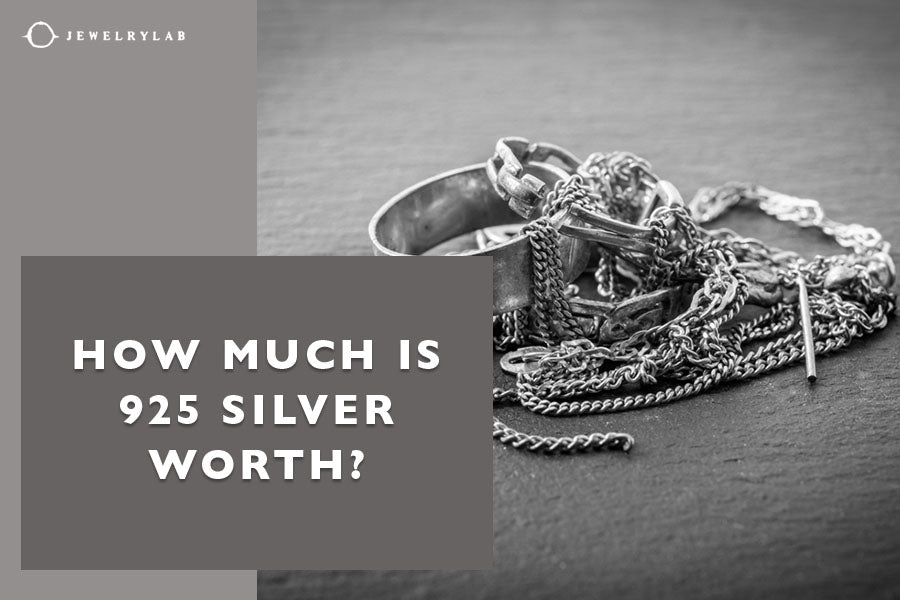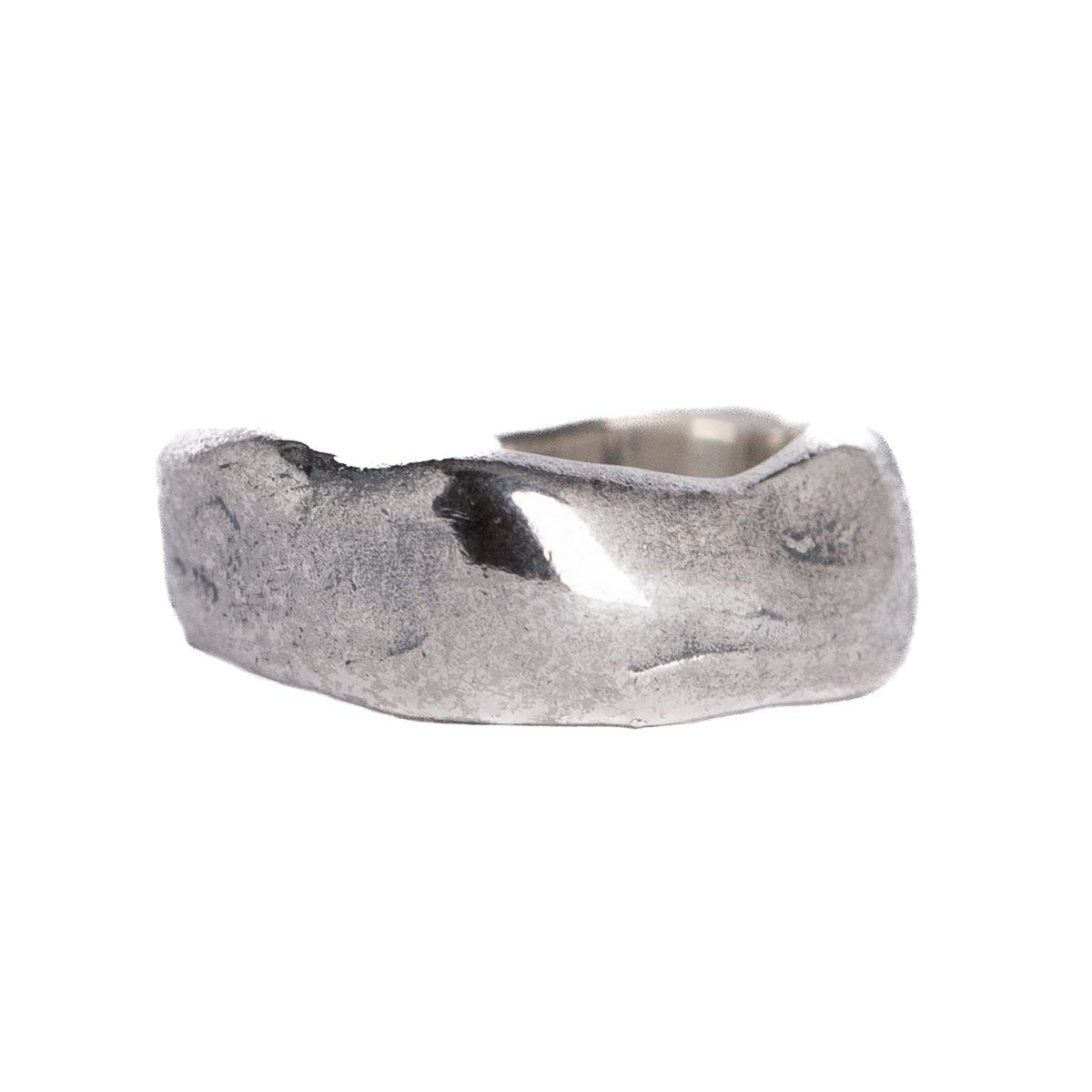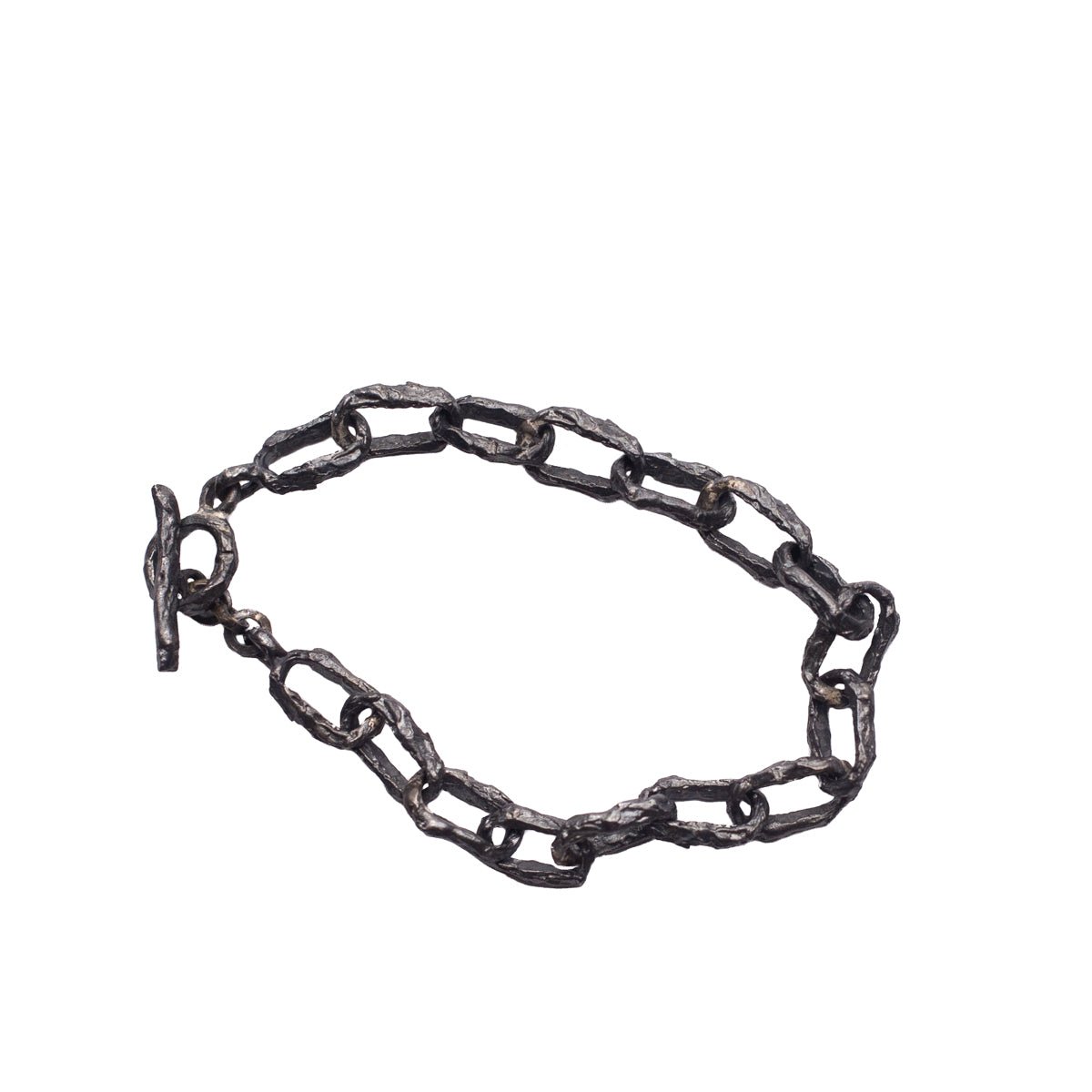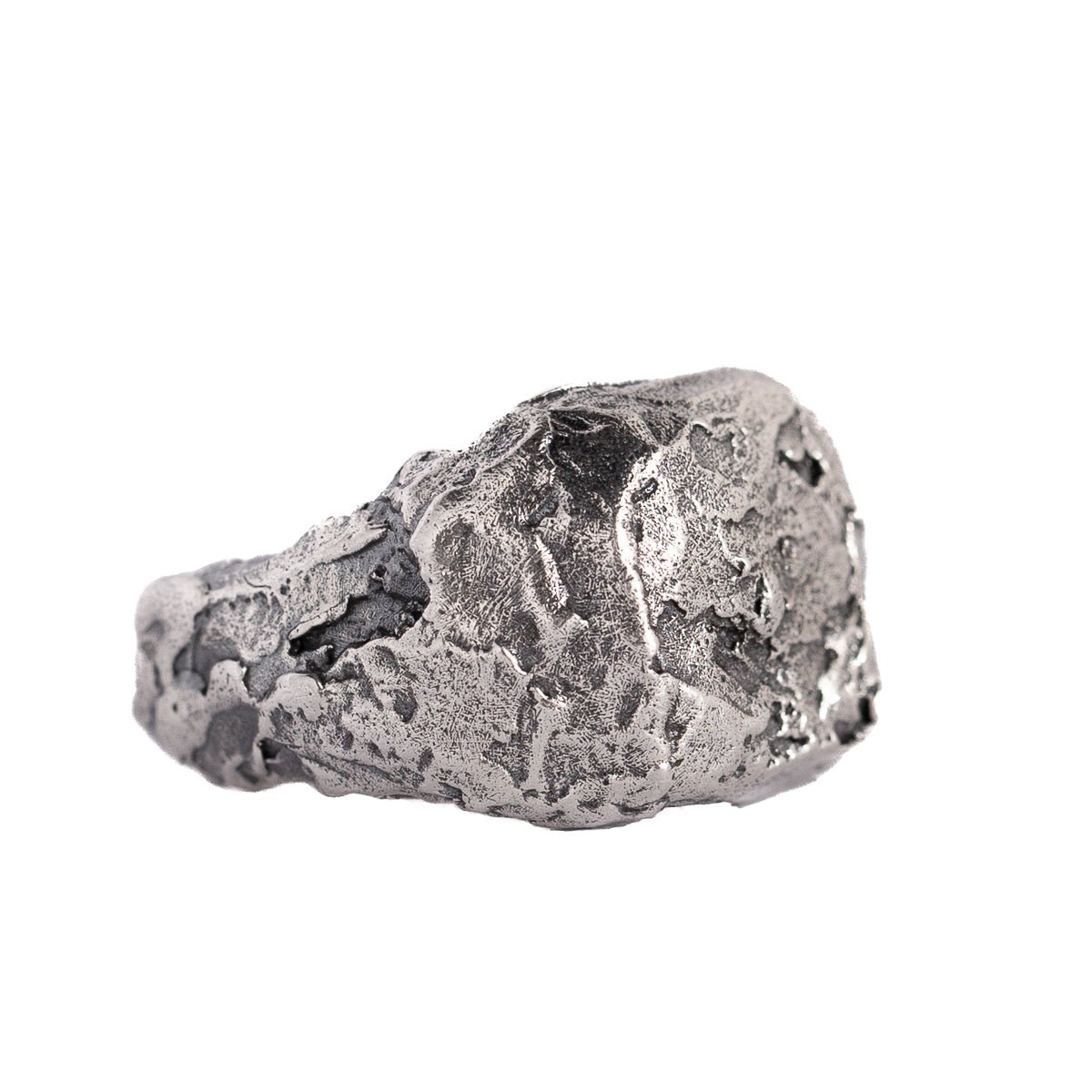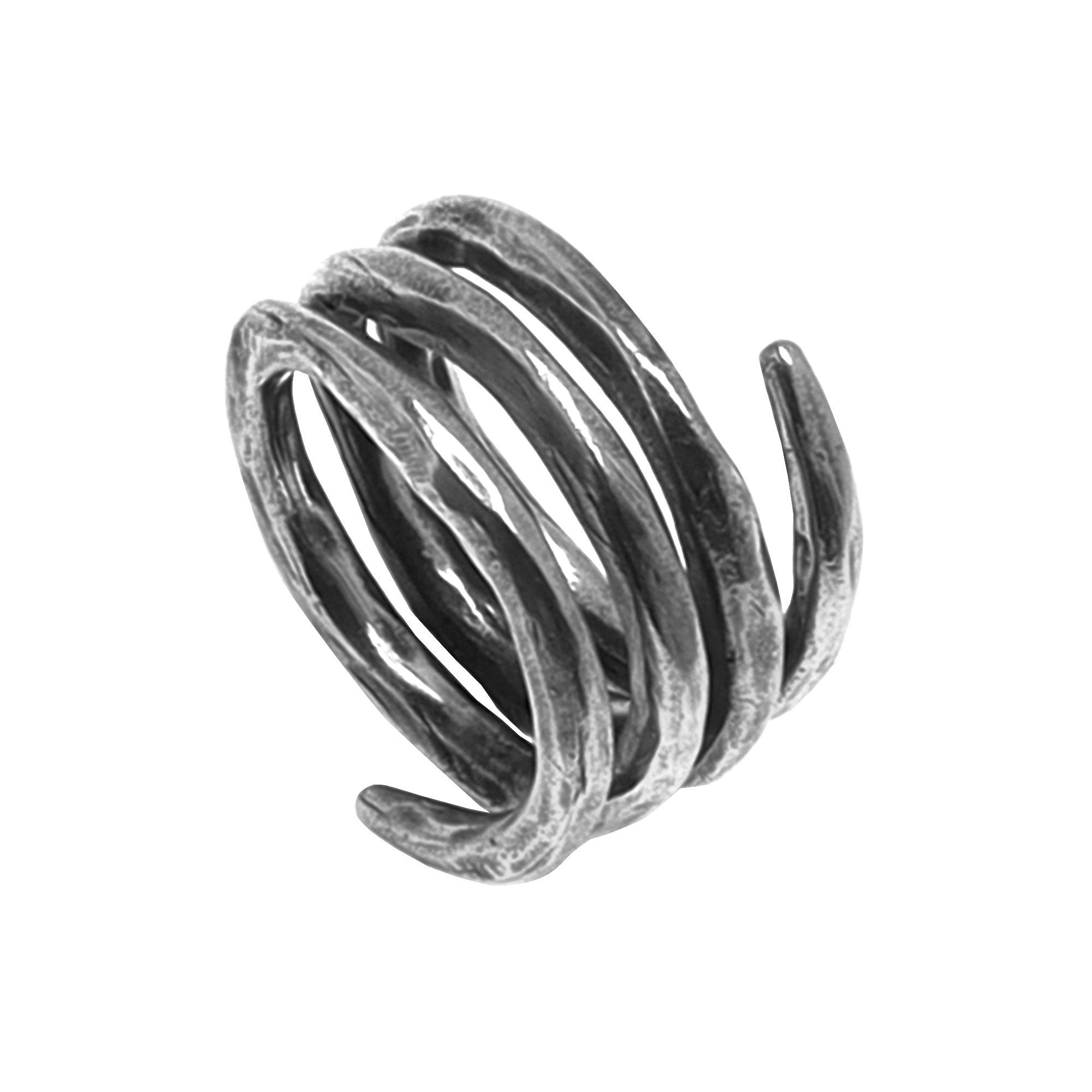by Jesús Zabala - 5 min read
Is Gold Hypoallergenic?
Hypoallergenic jewelry is made to reduce allergic responses for people with sensitive skin who frequently feel irritation and redness when wearing certain types of jewelry. As gold is one of the most expensive precious metals available, you may wonder whether is gold hypoallergenic.
Since each person's skin type is unique, gold jewelry that doesn't trigger an allergy in a person could do so in another. With that in mind, let's jump in and discover more about gold!
Is Gold Hypoallergenic?
Gold is among the precious metals considered hypoallergenic and not irritating. Gold is an excellent jewelry choice for people who are allergic to metals. “Hypoallergenic” is a term we use to refer to things that are less likely to cause an allergic reaction.
Conversely, although gold-plated jewelry is durable and aesthetically pleasing, it can trigger allergic reactions due to the presence of other metals.
You may discover a piece of jewelry's hypoallergenic status by looking at the materials that went into making it. This is why we’re always transparent to our customers about what materials we use in each piece we manufacture.

Source: shutterstock.com / Photo Contributor: Kristina Holovach
Understanding Gold Allergies
Gold allergies are incredibly rare, but that doesn't mean they are impossible. Still, even in the rare instances of gold allergies, chances are you are allergic to another material in the jewelry rather than the gold itself.
So, gold allergies are defined as the adverse reaction of the human skin to some components present in gold jewelry.
The most common types of allergies to jewelry materials are nickel and copper. These two metals are often mixed with precious metals to produce jewelry of different value.
This means the higher the percentage of materials other than gold, the more likely it is to cause you to experience allergic symptoms.
Gold allergies and their causes
Gold allergies can be caused by gold or gold alloys. Exposure and contact with the skin cause irritation or rash at the contact site. Gold jewelry allergies are one of the leading causes of contact dermatitis, contact stomatitis, or oral lichen planus.
Also, it is important to keep in mind that even if your skin's sensitivity to gold causes allergies, the symptoms may be delayed. Sometimes, they may appear weeks after the first exposure. The most commonly found cause of such reactions is gold sodium thiosulfate.
Common symptoms of gold allergies
An allergy to gold has symptoms comparable to those of other allergies. Although each person's body responds to allergens differently, common symptoms can include:
- Redness
- Swelling
- Rash
- Peeling dark spots with itching
- Blistering
Mild to severe symptoms are possible. They may appear soon after coming into touch with gold or gradually over time.
Wearing a gold ring may cause your finger to become red, discolored, or itchy. Wearing gold necklaces or earrings may also cause symptoms to appear on your neck or in your ears.
If you have an allergy to gold, you'll probably experience the same symptoms each time you come into contact with the metal. Your chances of developing a gold allergy may increase if you have allergies to other metals or if nickel or metal allergies run in your family.

Source: shutterstock.com / Photo Contributor: Image Point Fr
Factors Affecting Allergic Reactions to Gold
Gold purity and alloys
What gives the metal its relative hypoallergenic properties is its purity. Pure 24K gold, for instance, is hypoallergenic, compared to 18K gold and lower which are also considered hypoallergenic despite being mixed with other metals. The percentage of other metals is usually too low to cause allergies unless you are highly sensitive.
Pure gold results in soft jewelry that is easily damaged if you wear it daily. Because of this, jewelers use different alloys, like nickel and copper, to make the jewelry sturdier.
Different karat levels and their impact
Because 14K gold has a higher percentage of alloys, it has a higher risk of triggering possible allergies. In contrast, 18K gold is more hypoallergenic than 14K gold as it contains more pure gold.
14K gold makes up most of the gold jewelry available today. The majority of gold rings and some gold jewelry include a karat stamp. The stamp is a tiny inscription that reveals the weight of the gold in karats; it usually reads "10K, 14K, or 18K”.
Individual sensitivities to specific alloy components
When it comes to jewelry allergies, the responses vary from one person to another. For instance, two people with gold allergies may have different immune responses to the alloys in the same jewelry.
While the symptoms may be relatively mild for one of them, they may be more pronounced for the other. To better manage individual sensitivities and responses, try the following:
- Look for higher karats as they have less alloy and more pure gold
- Choose jewelry that is labeled nickel-free to prevent possible reactions
- Use a protective coating over the jewelry; this creates a barrier between your skin and the jewelry
Hypoallergenic Properties of Gold
Yellow gold, also known as pure gold (24K), may have the most hypoallergenic properties among other karats. This is because there aren’t other alloys that trigger allergies present in it.
24K is 100% pure, and jewelry made with it tends to be soft. This is why it is rarely used in jewelry making. Instead, as we mentioned, gold jewelry is mixed with other metals to make it stronger.
So, you may wonder what type of gold jewelry you can wear. For example, is gold-plated hypoallergenic?
Gold-plated jewelry is jewelry made of cheaper material as its base, over which manufacturers apply a coat of gold plating. This jewelry is considered hypoallergenic as long as the coating is intact.
So, if you decide to buy gold-plated jewelry, you should keep in mind that the plating may rub off with frequent wear.

Source: shutterstock.com / Photo Contributor: Daniel Jedzura
Misconceptions and Considerations
Perhaps the most prominent misconception people have about gold allergies is about the gold itself. As mentioned several times above, gold allergies are often due to other components present in the jewelry, not the gold.
For example, if people have nickel sensitivity, they will react to the nickel alloy's presence in the jewelry piece, not the gold.
You may wear gold jewelry with lower karat levels, and as long as you properly care for your gold pieces, you may avoid allergies.
Conclusion
Is gold hypoallergenic? Gold is considered a hypoallergenic precious metal, but fully so is only jewelry made with 24K. This is because jewelry pieces with fewer karats (18K, 14K, or 10K) are mixed with alloys to ensure sturdiness.
So, gold allergies most often refer to the components nickel or copper and rarely to gold. In rare instances that you may have an actual allergy to gold, it is best to visit a dermatologist.

